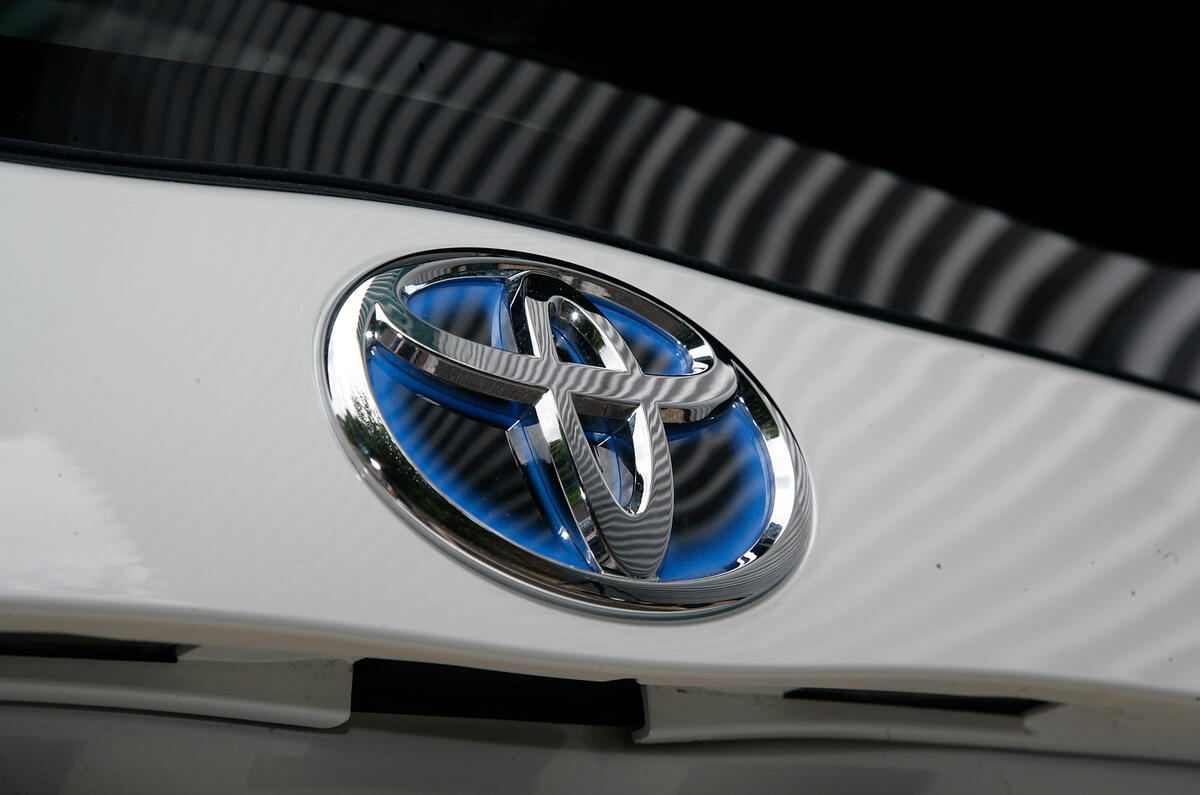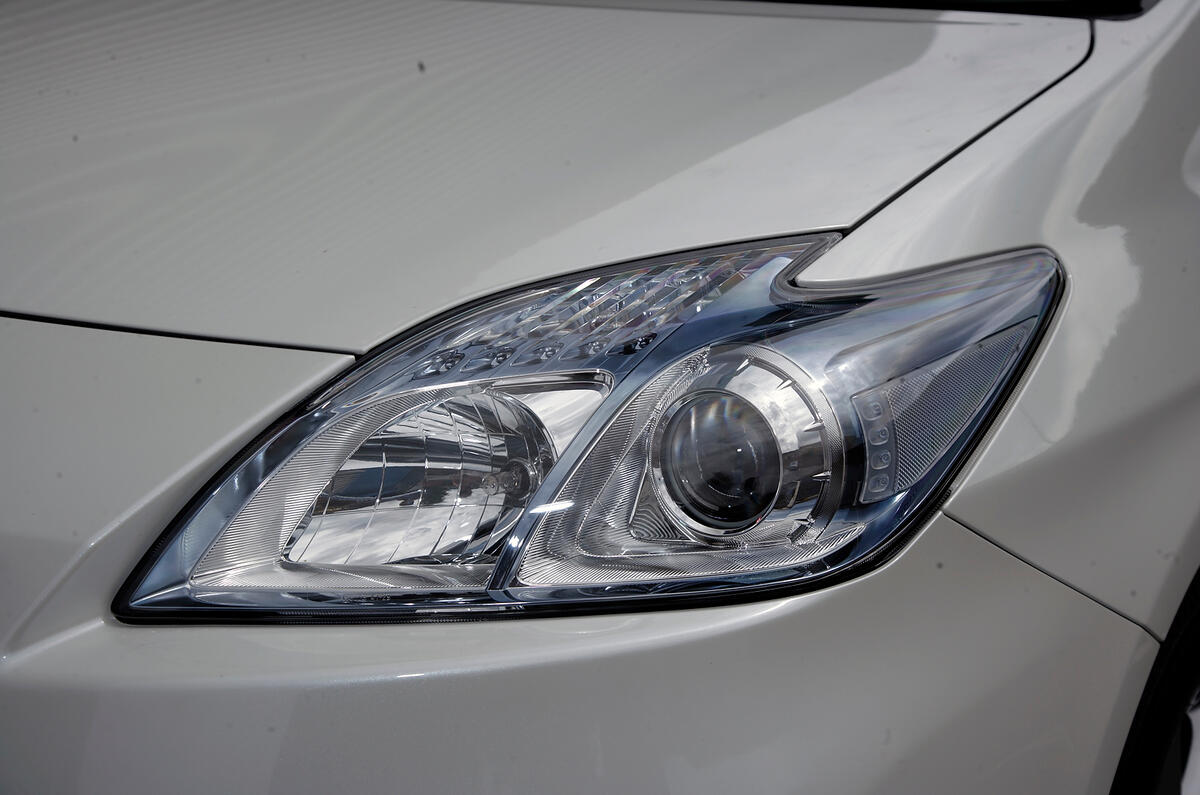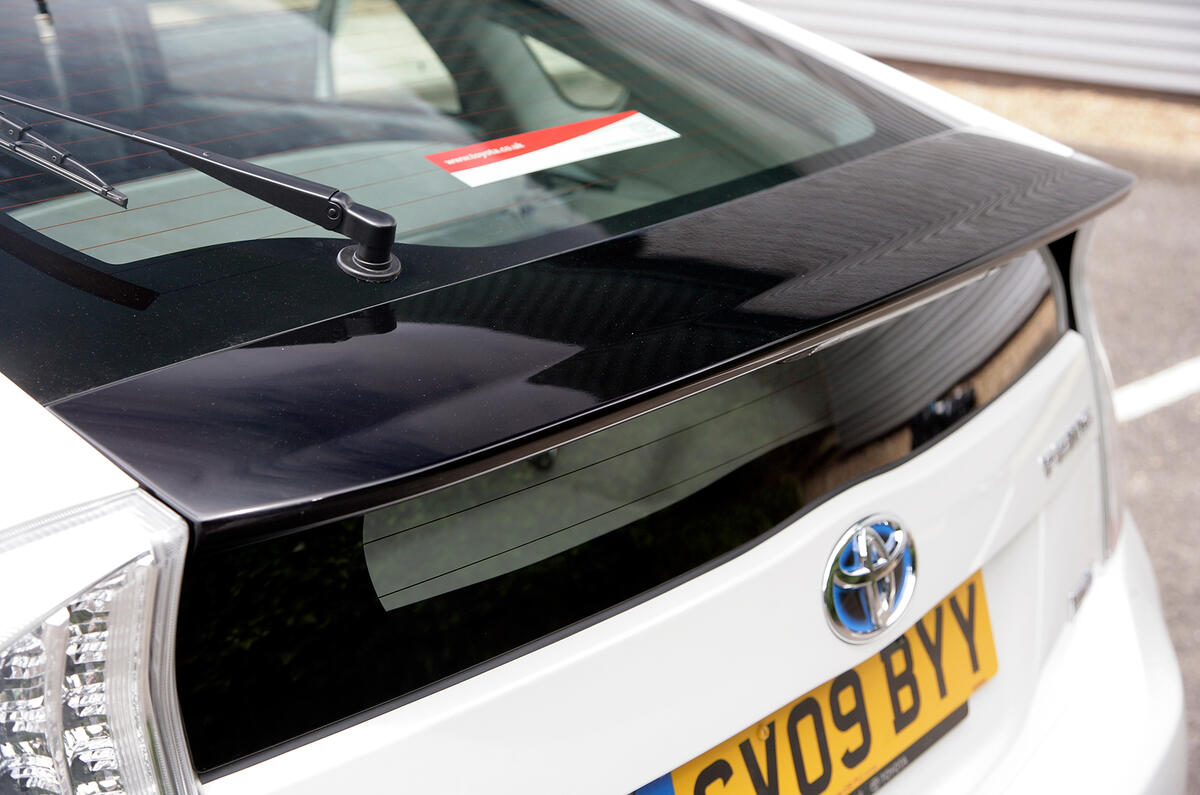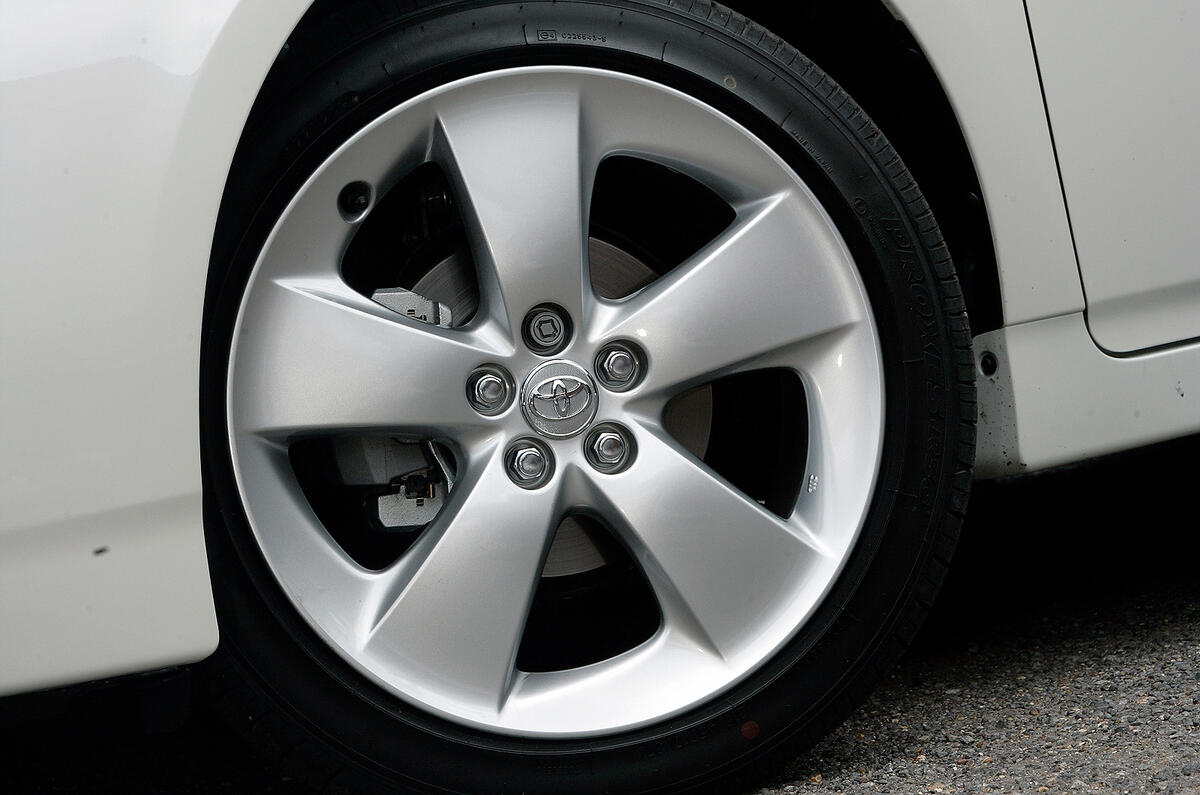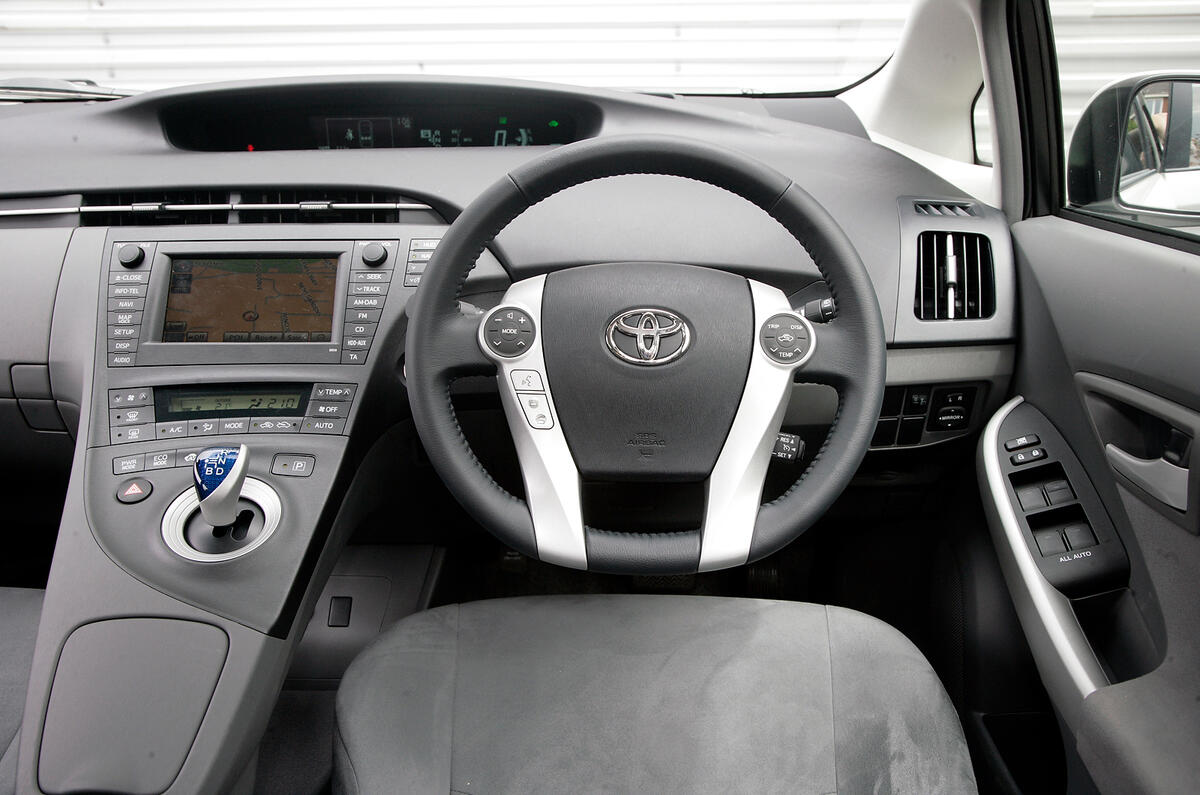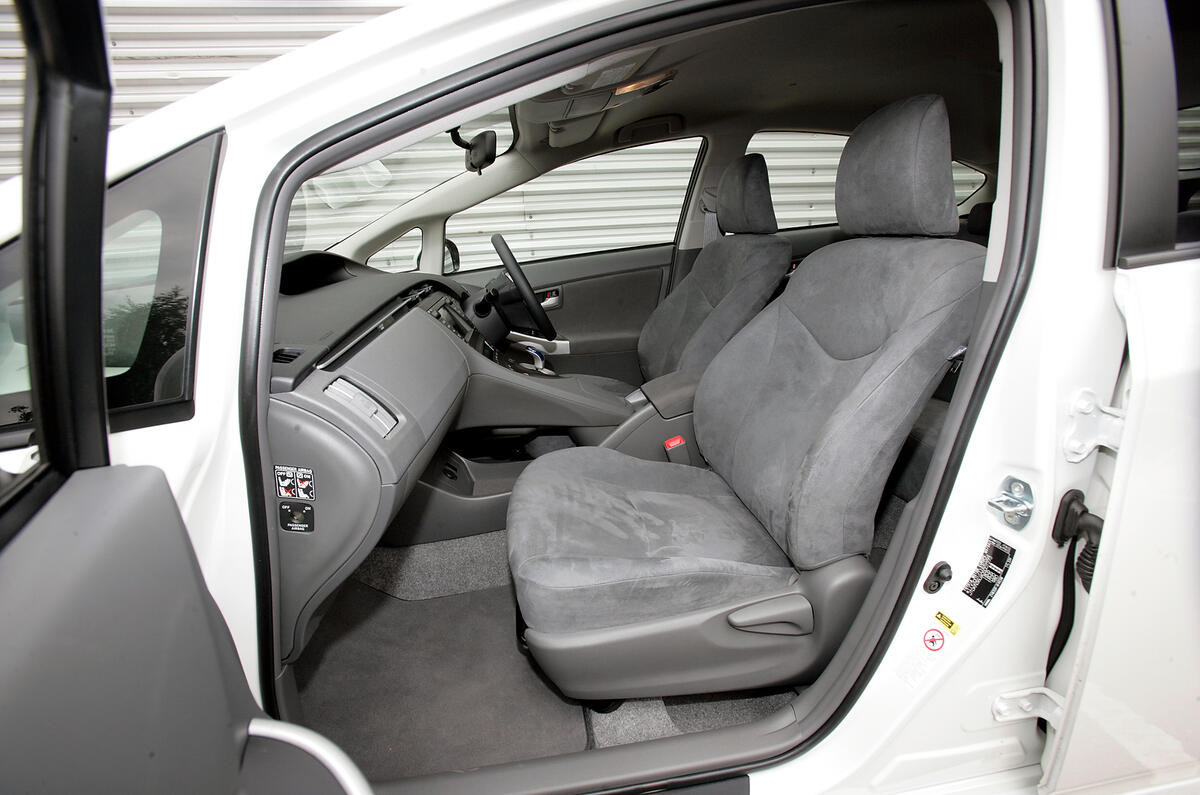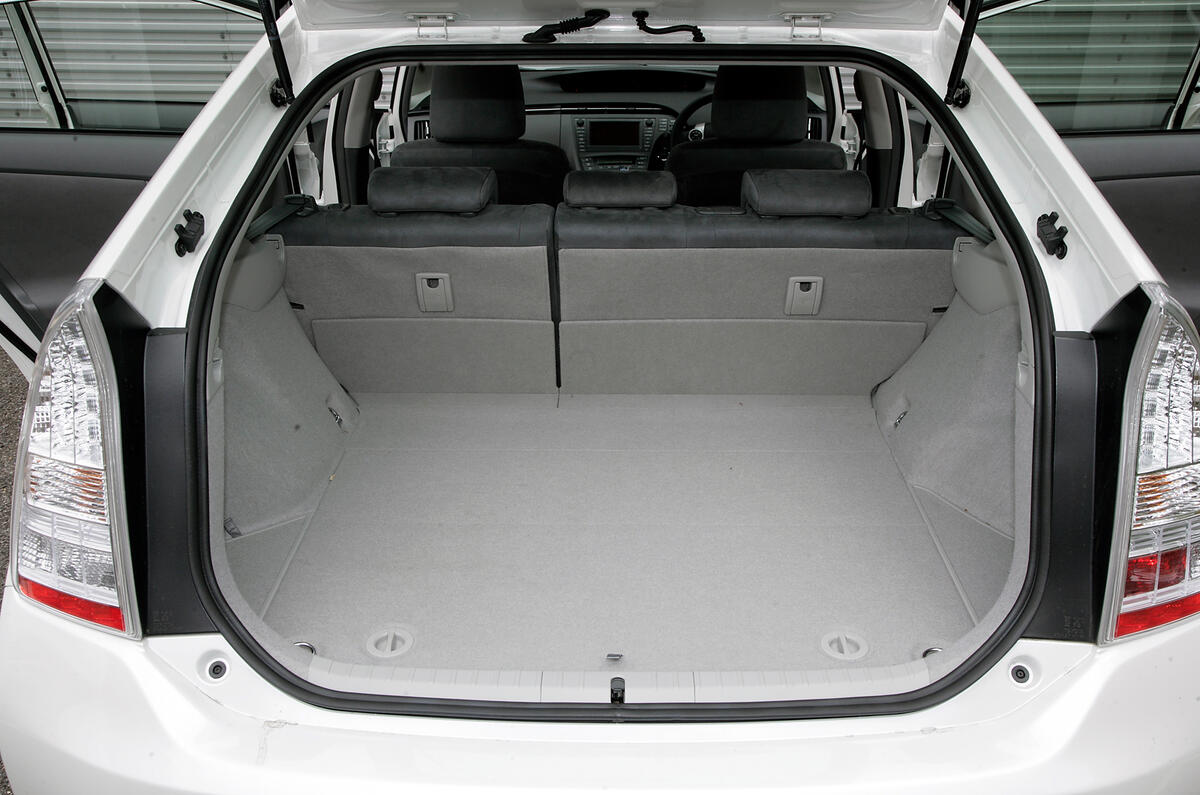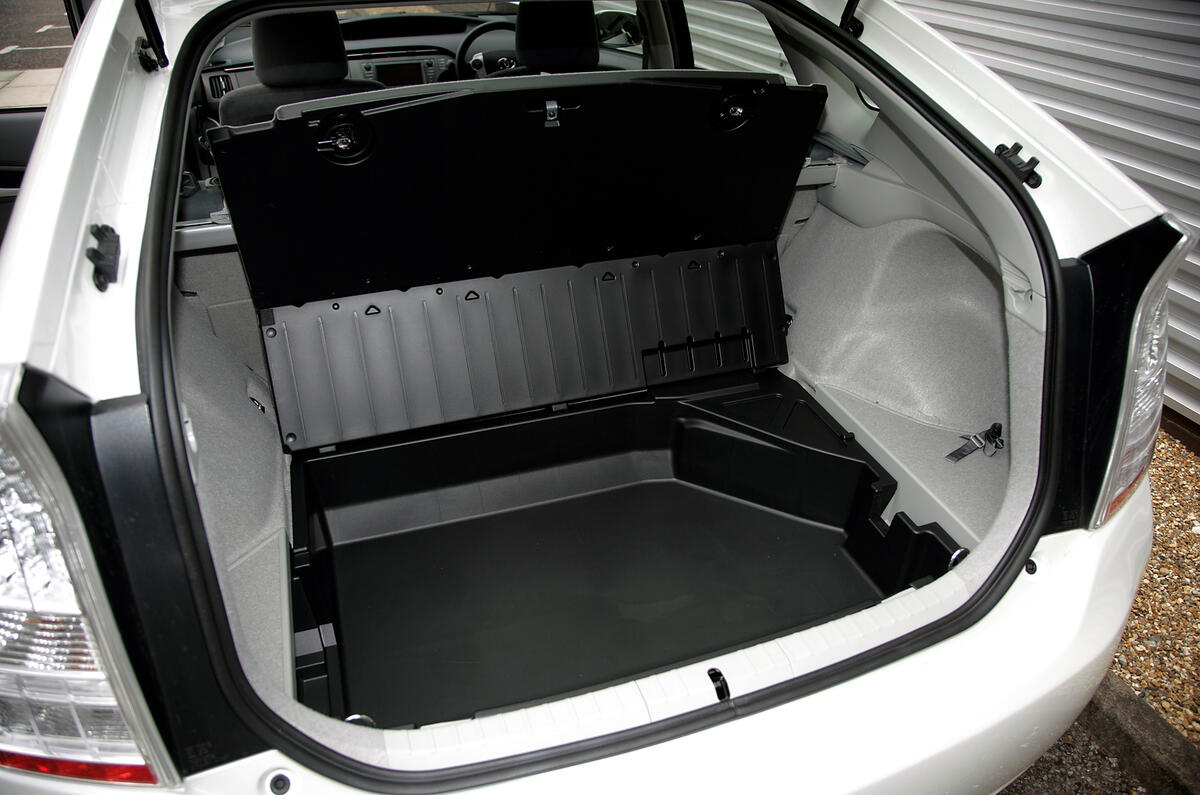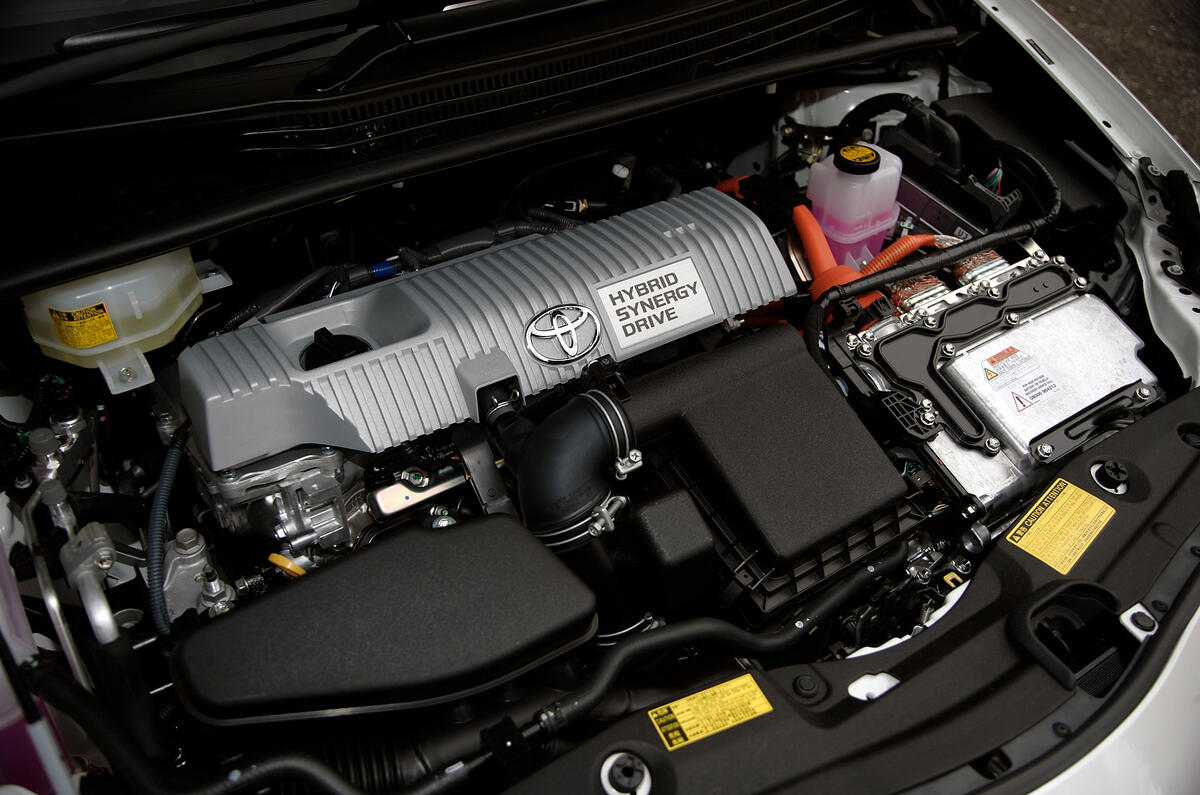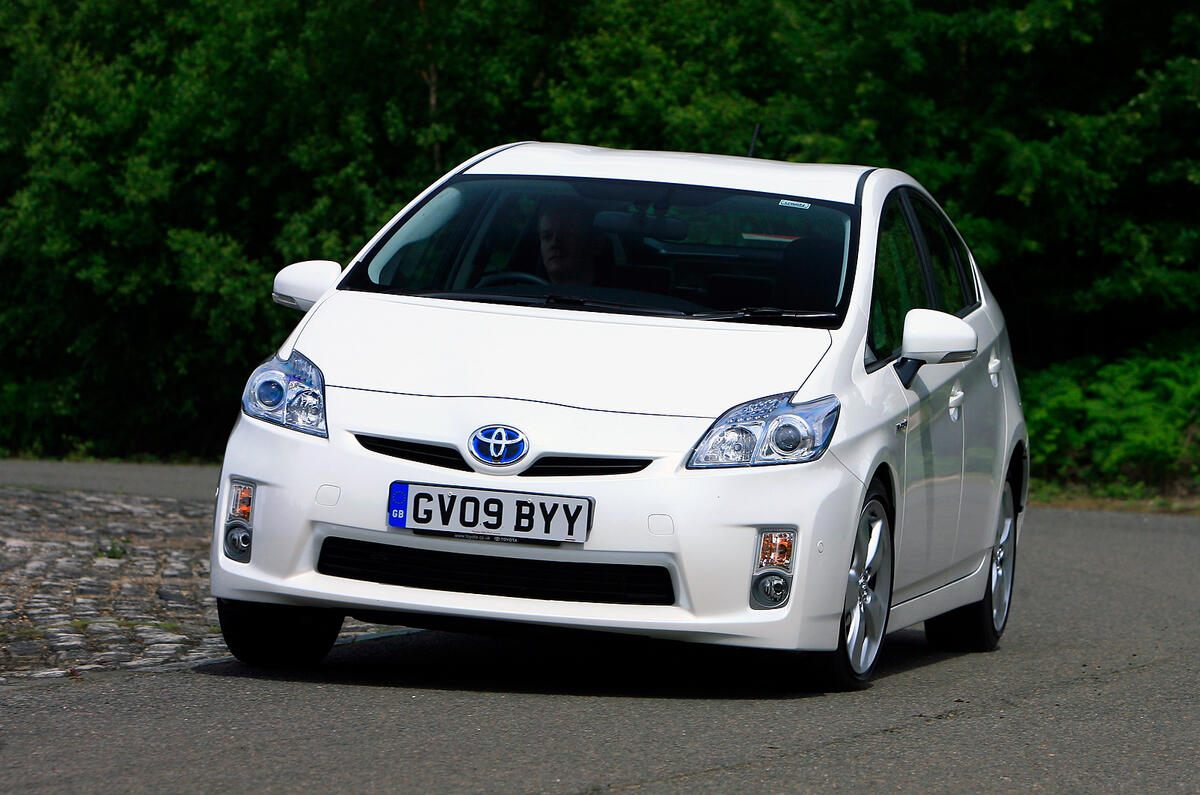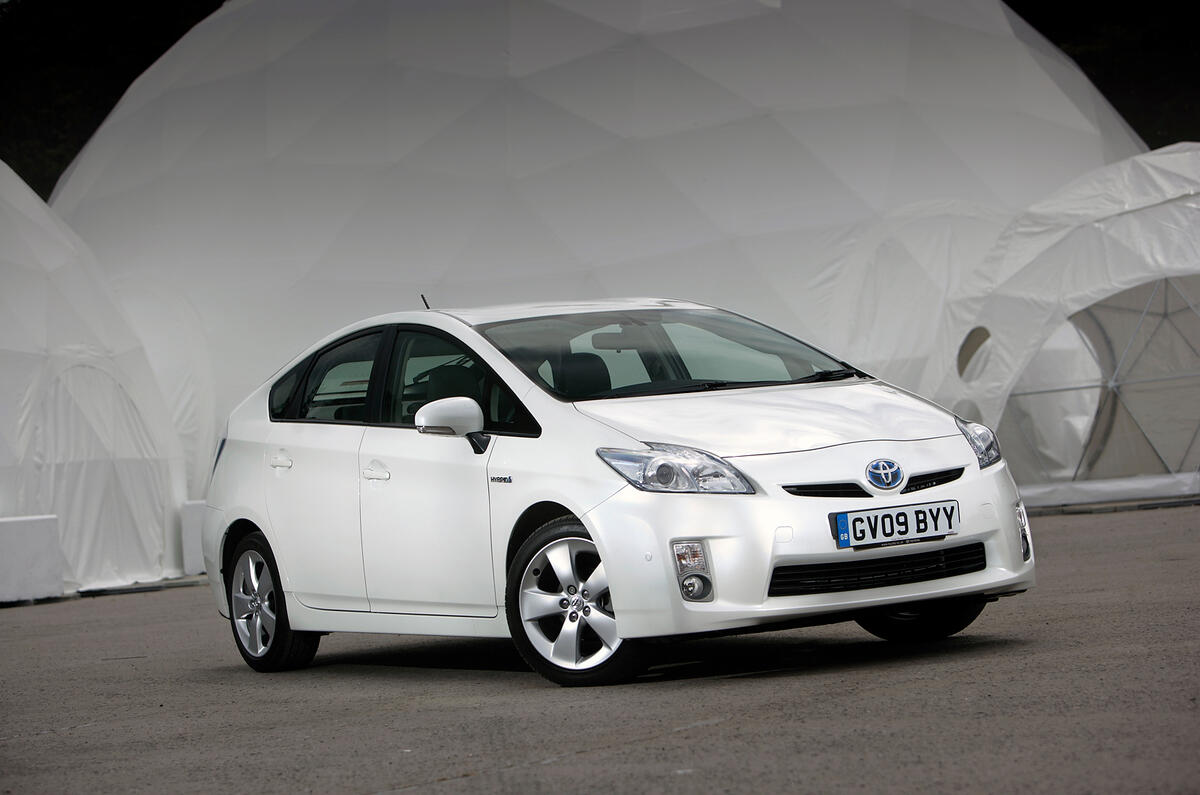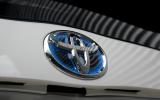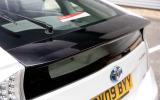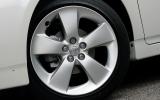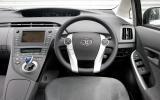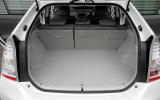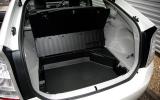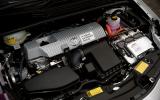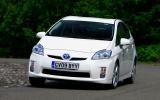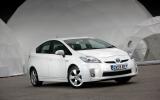Toyota began work in 1994 on what became the first Toyota Toyota Prius. That car appeared in 1997 — an odd-looking device with a 1.5-litre engine, a 100bhp hybrid powertrain and 120g/km CO2 emissions.
Europeans could buy the new Toyota from 2000, but not many did. The second Toyota Prius, revealed in 2003, has proved much more popular thanks to a touch of science fiction about its styling and better power units (112bhp, 104g/km). Unlike the first one, it has even made money for Toyota.
The shape of the latest Toyota Prius isn’t dissimilar to the previous model but it’s actually an all-new car, with a more powerful 1.8-litre engine, more efficient electric propulsion and CO2 down to just 89g/km in its greenest form.
No other family car of this size produces less of the greenhouse gas, continuing, for now, the Prius’s iconic green status. It’s an easy and very visible route to greenness: a futuristic-looking hybrid with a near-evangelical following among those who would demonstrate their environmental concern. Hollywood celebrities apparently love it. It’s the closest thing to an anti-car car while still doing the things a car should do.
There are just three different trim levels using the same power source. The recent addition of the Toyota Prius Plug-In has enhanced the real-world practicality of the Prius, offering more power and an extended overall range. New battery technology also allows for a greater EV-only range.



